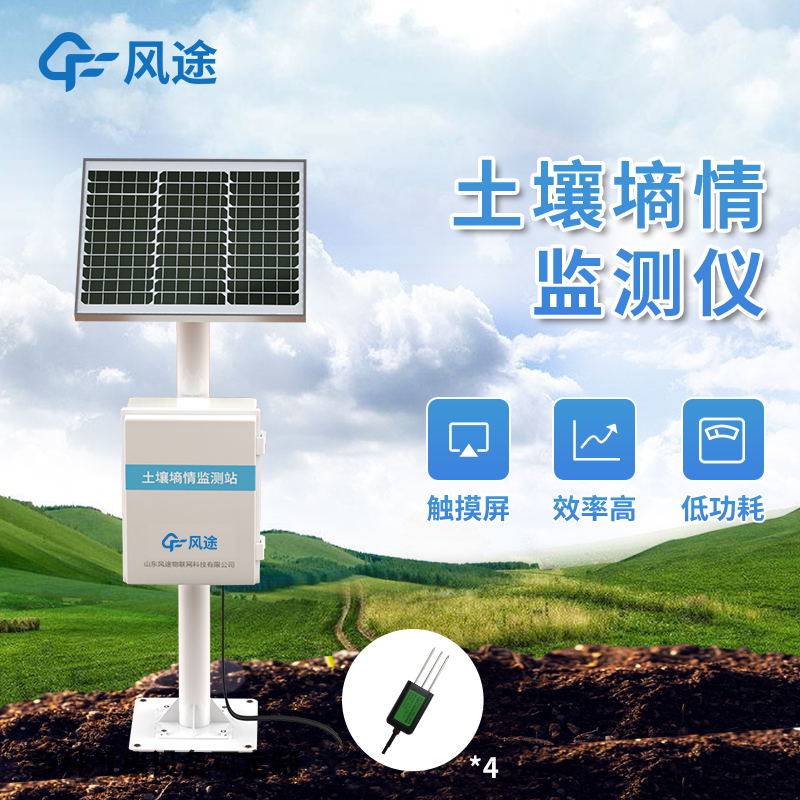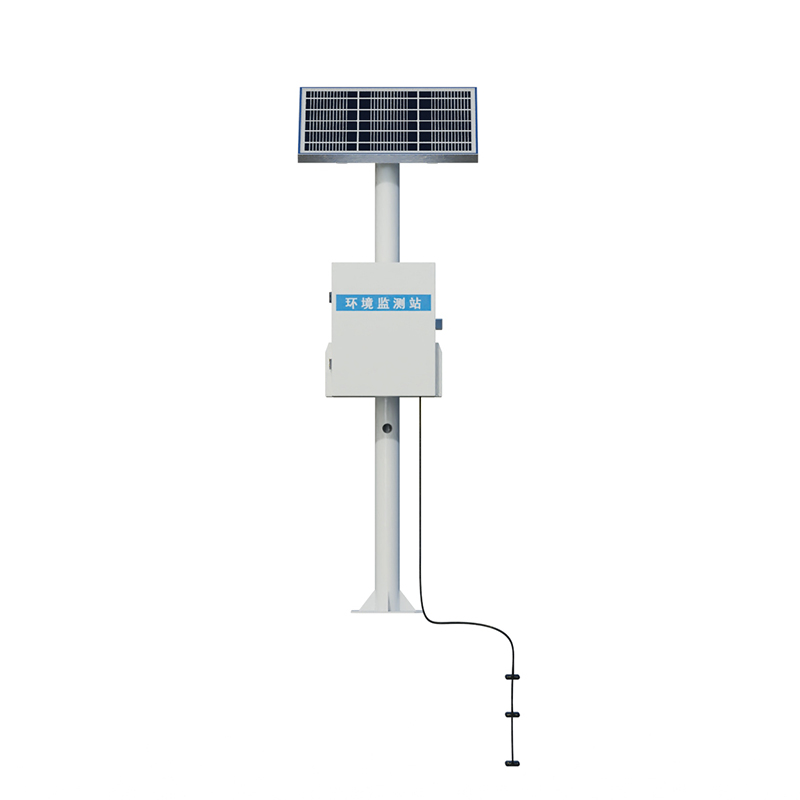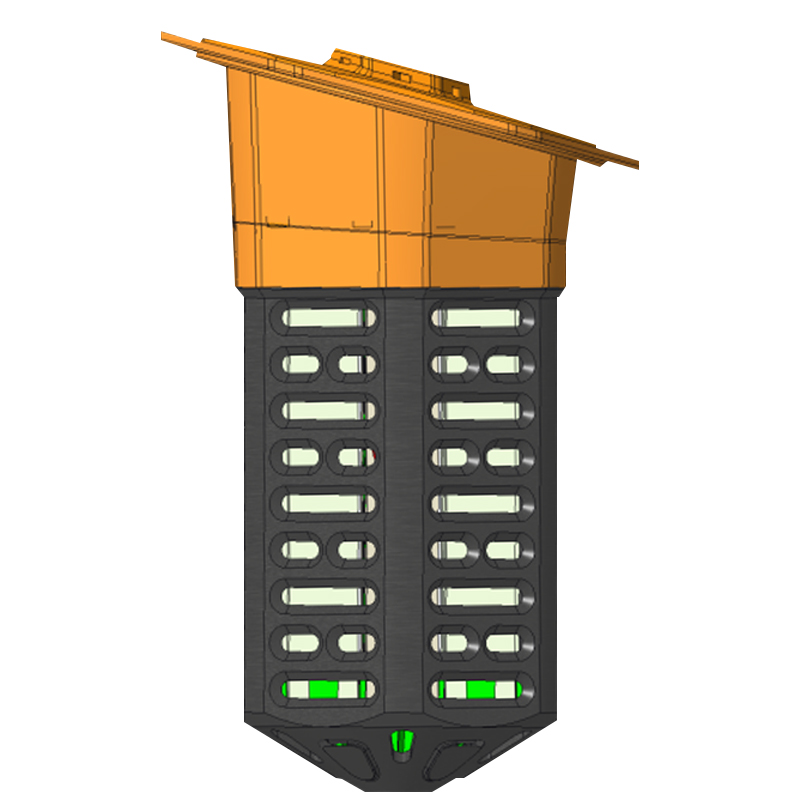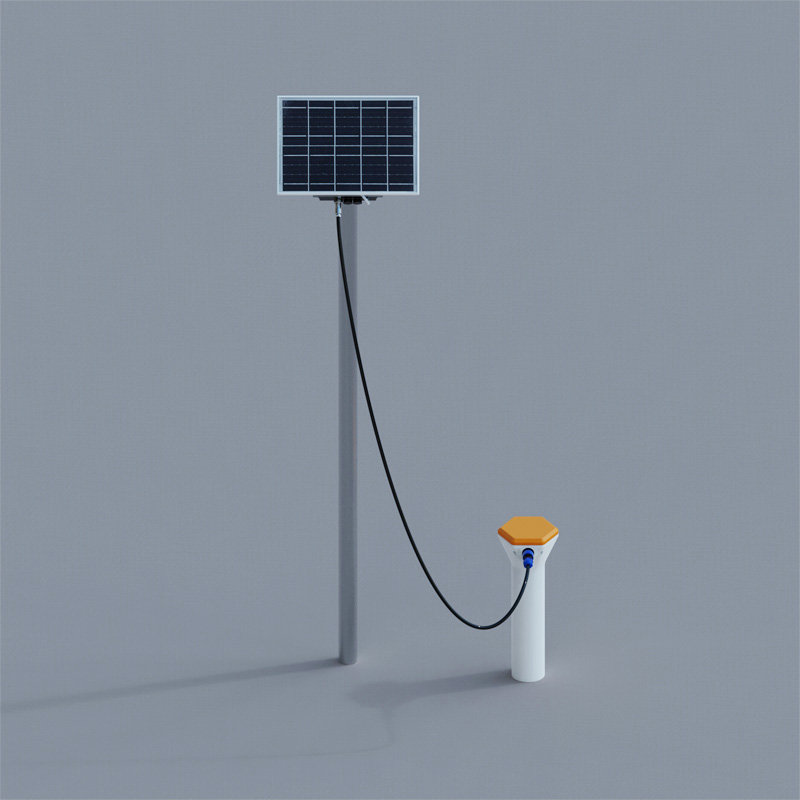In the annual cycle of agricultural production, the winter field moisture conservation work is a crucial link, which is related to the growth and harvest of crops in the coming year.
Winter moisture conservation is the key to maintaining soil moisture. The germination of spring crop seeds and the early growth of seedlings have high requirements for soil moisture. Take wheat as an example, suitable soil moisture is the basis for its smooth germination and early growth. In many areas, spring is dry and less rainy, and winter moisture conservation can relieve the pressure of spring drought, reduce the cost and difficulty of spring irrigation, especially in the northern wheat producing areas. A stable soil moisture condition can prevent soil compaction, ensure soil air circulation and root respiration, and enhance soil erosion resistance, maintaining soil fertility.
The automatic soil monitoring system is equipped with moisture sensors that can measure soil moisture content, temperature, salinity and other parameters in real time and accurately, and transmit the data to the monitoring platform or the farmer's mobile phone terminal through wireless transmission. This enables farmers to take timely moisture conservation or irrigation measures based on the data, and also allows them to understand the changing laws of soil moisture through long - term accumulated data, and formulate precise farm management plans to promote the efficient and sustainable development of agriculture.
Specific measures for winter field moisture conservation
(一) Deep ploughing and deep loosening
After the autumn crop harvest, deep ploughing can break the plow layer, mix the soil, and improve the soil structure through winter freezing and thawing, thus enhancing the water storage capacity. The depth is generally 20 - 30 cm. Deep loosening can loosen the soil to 30 - 40 cm without turning over the soil layer, increasing air permeability and water permeability, which is suitable for heavy clay soil and optimizes the physical properties of the soil.
(二) Pressing for moisture conservation
After autumn sowing or when the soil surface is loose in winter, the presser can make the soil particles closely arranged, reduce pores, form a compact covering layer, inhibit the diffusion of gaseous water, reduce soil water evaporation, and stabilize soil moisture.
(三) Covering for moisture conservation
Common ones include straw and plastic film covering. The straw covering is 10 - 15 cm thick, which can block solar radiation, reduce soil temperature, and reduce water evaporation. After decomposition, it can also increase soil organic matter and improve soil fertility, widely used in orchards. The plastic film covering has good light - transmission, heat - preservation and moisture - retention properties, and is commonly used in cash crops or early spring sowing crops. It can form an independent "micro - climate", promote the water vapor cycle, and improve the moisture conservation effect.
(四) Applying organic fertilizers
Organic fertilizers is rich in humus and other substances. Applying it to the field can improve the soil structure, make it loose and porous, and enhance the water and fertilizer retention capacity. Applying organic fertilizer in winter can not only increase the soil water storage capacity but also provide nutrients for the early growth of crops, contributing to a good harvest.
There are various measures for winter field moisture conservation, and the automatic soil monitoring system helps with precise moisture conservation. By comprehensively applying these methods, the soil moisture conservation capacity can be improved, ensuring a good harvest of crops and promoting the scientific, efficient and sustainable development of agriculture.

This paper addresses:https://fengtusz.com/industry/607.html









